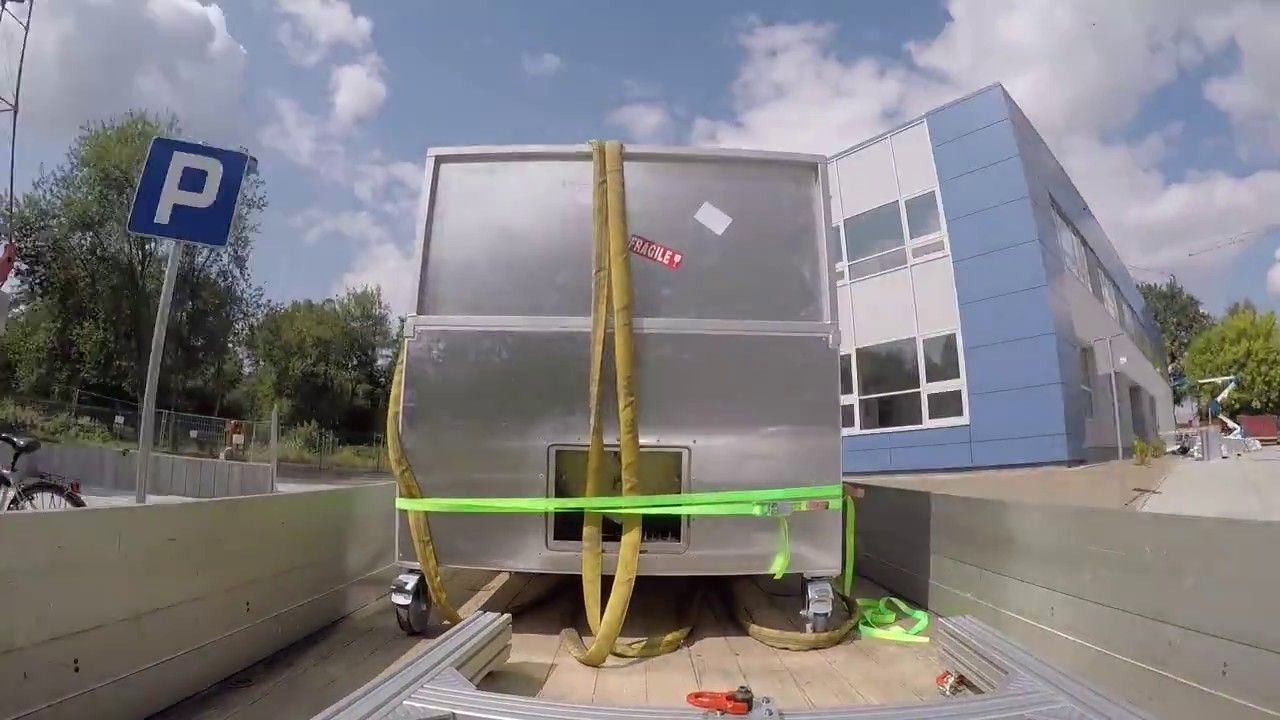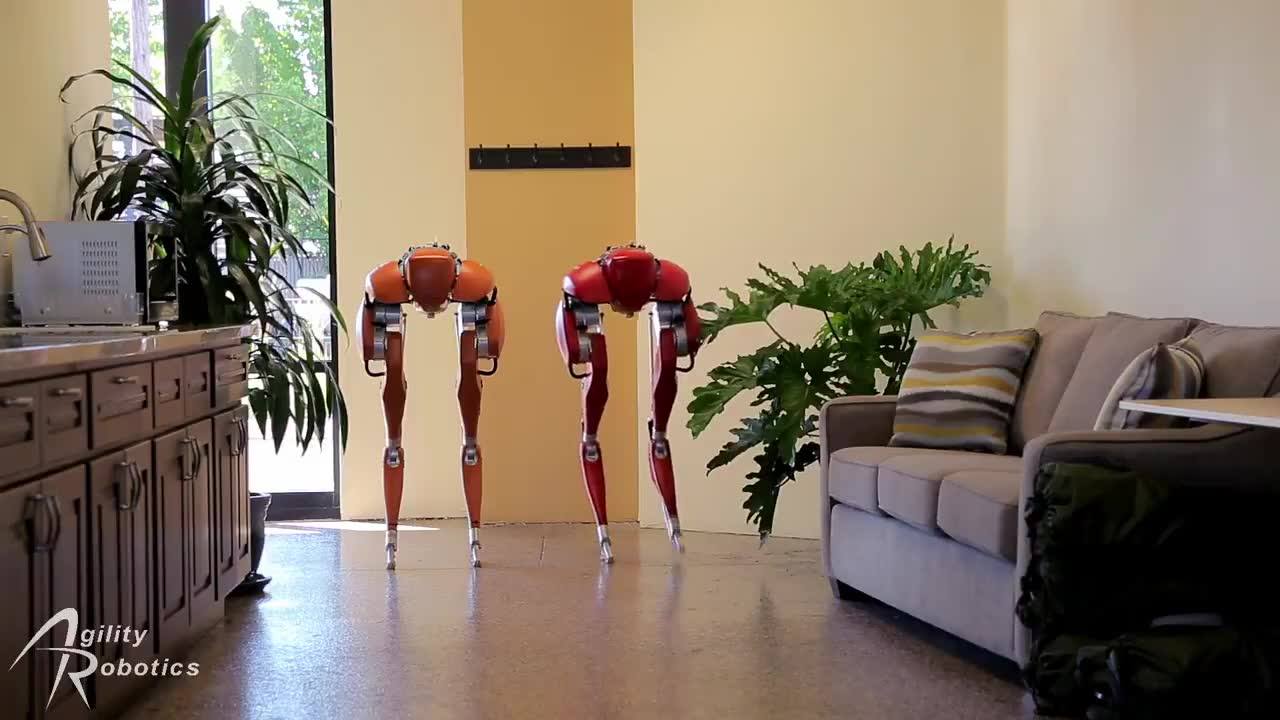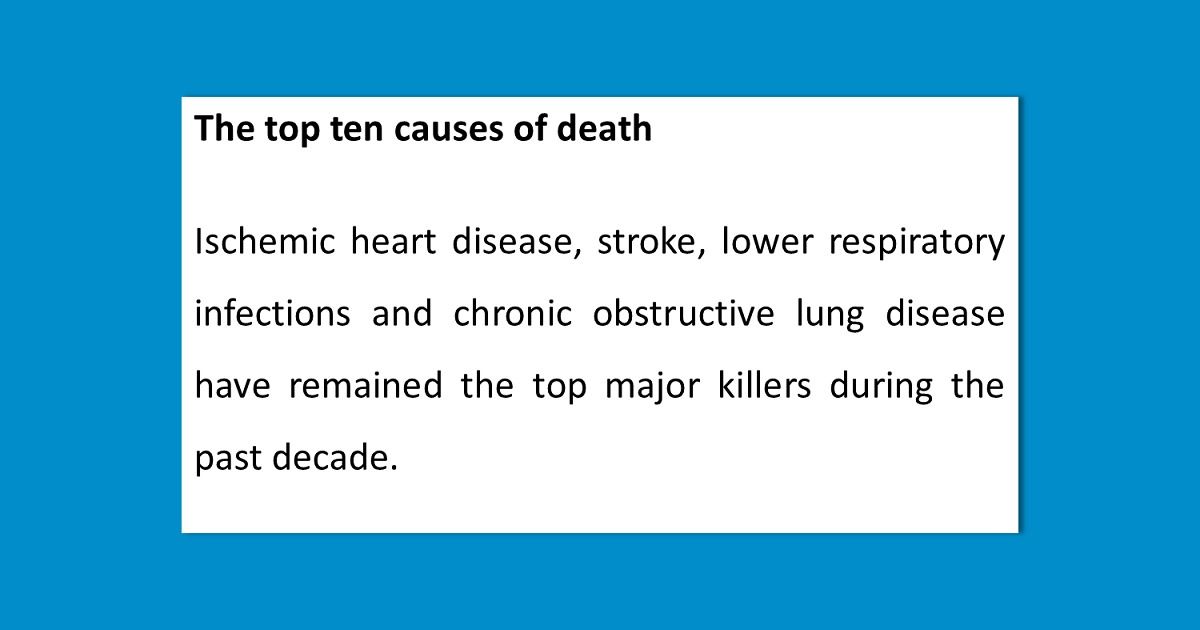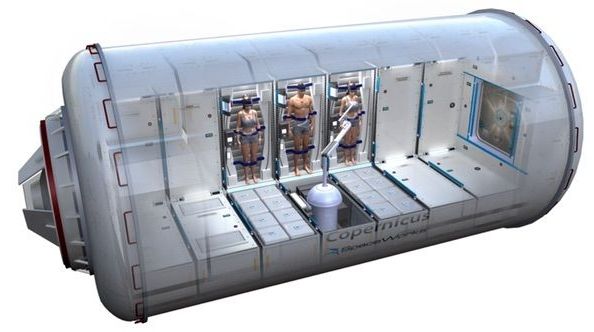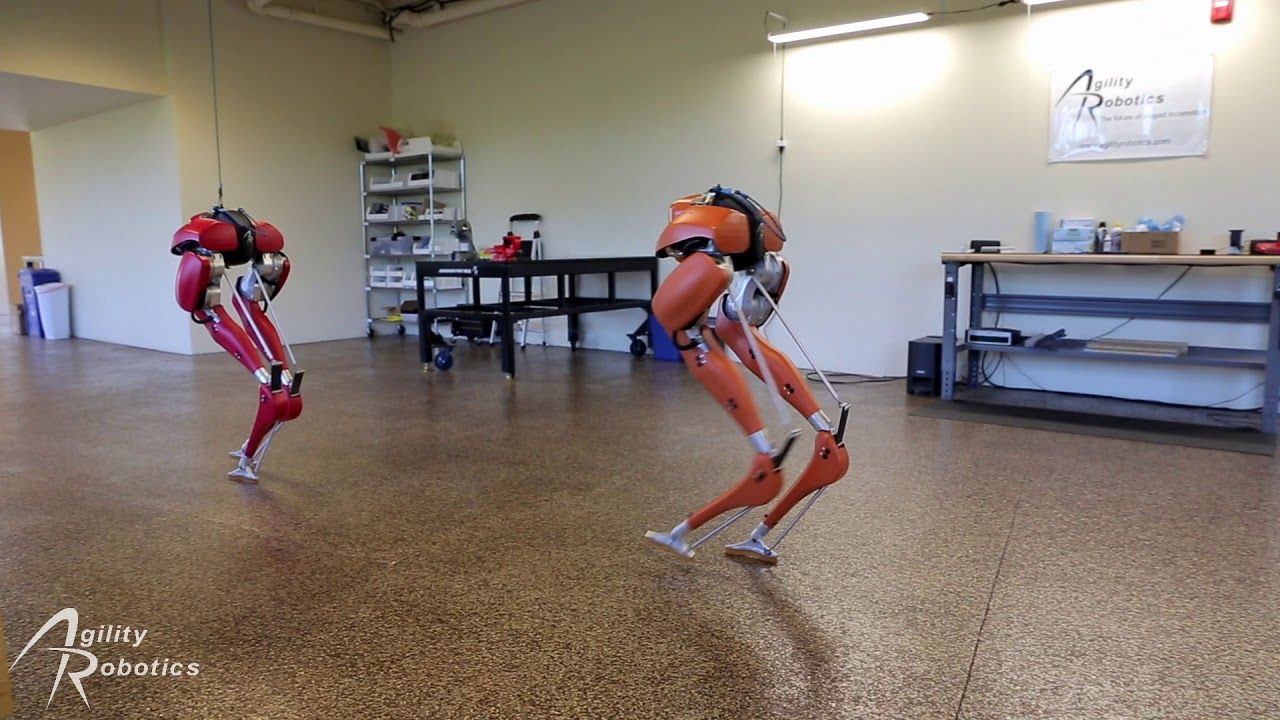Sep 9, 2017
The Artificial Intelligence Race: The AI Documentary
Posted by Müslüm Yildiz in categories: education, information science, mobile phones, robotics/AI
https://youtube.com/watch?v=0YzoEBCjsIw
Artificial Intelligence (AI) is a science and a set of computational technologies that are inspired by—but typically operate quite differently from—the ways people use their nervous systems and bodies to sense, learn, reason, and take action. While the rate of progress in AI has been patchy and unpredictable, there have been significant advances since the field’s inception sixty years ago…
Toby Walsh, Professor Artificial Intelligence, University of NSW Sydney “There’s lots of AI already in our lives. You can already see it on your smartphone every time you use Siri, every time you ask a lexer a question, every time you actually use your satellite navigation. You are using one of these algorithms. You are using some AI that’s recognizing your speech, answering questions, giving you search results recommending books for you to buy on Amazon. They’re the beginnings of AI everywhere in our lives.”
Continue reading “The Artificial Intelligence Race: The AI Documentary” »


